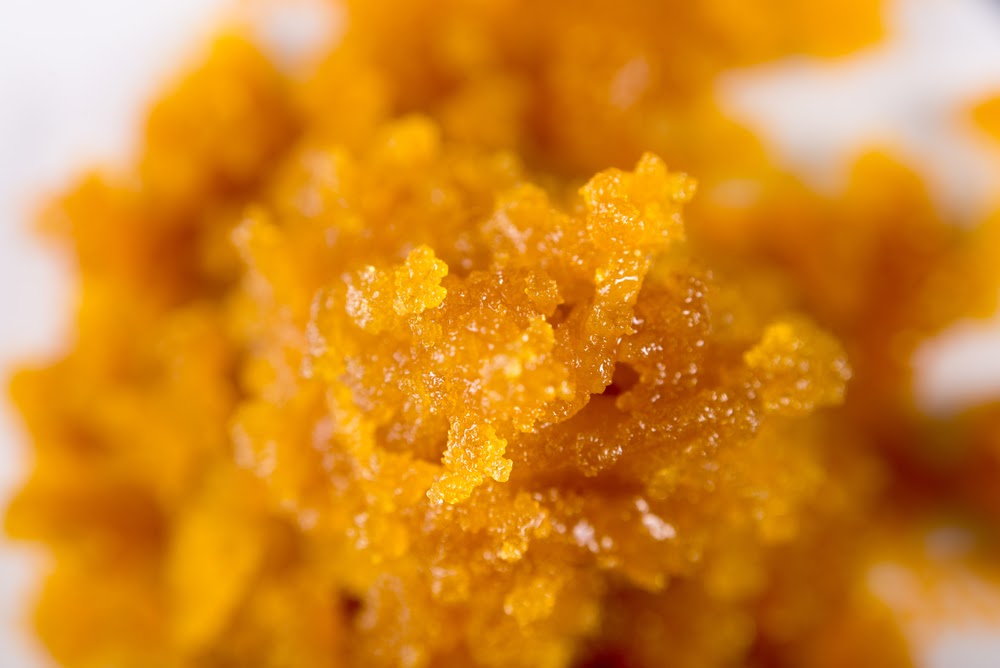
Two very common types of concentrates that many do not understand are: cured resin and live resin. Sometimes extractors will add extra botanical terpenes (such as limonene, pinene, myrcene, etc.) to craft a strain’s terpene profile.In the world of concentrates, there is a lot of room for confusion amongst all the names and adjectives used to describe certain products. Once the buds are finally cured, extractors can then begin the extraction process. This process also breaks down the natural cannabinoids, terpenes, sugars, and chlorophyll in the flower. The process, called “burping” by extractors, allows the moisture produced by the buds to escape and dissipate into the air. In this lengthy process, extractors will open the airtight jars a few times a day in order to let the buds breathe. Most sources say about a minimum of a few weeks to a maximum of 90 days, or three months, is recommended for a reliable curing process time. If an extractor rushes through the curing process, the cured resin could taste harsh or unfinished. The longer the cure, the better the product, usually. The nugs, packed in airtight jars, are stored in dark, climate-controlled spaces. Curing affects potency, flavor, smell, terpene profiles, and cannabinoid levels, so it’s important to do it right. Curing the flower is the next, and arguably the most important, step in the extraction process. After drying, cultivators will trim the plants and jar the nugs. The complete drying process can take anywhere from a few days to a few weeks - depending on the starting moisture content in the plants, and the efficacy of the climate-controlled room. Cannabis requires temperatures of about 65-75 degrees and humidity levels of 0-55% in order to completely dry out, so cultivators leave these plants in climate-controlled, dark rooms. After harvesting plants, they must first be dried out. Because harvesters can also just immediately chop and freeze fully matured flowers, this skips the entire process of drying and curing the buds that cured resin requires - this saves a whole lot of labor, money, and time.Ĭured resin requires a bit of a more complex and time-consuming process.

This results in live resin having a more natural, flowery, cannabis taste, as well as a more “full-spectrum” profile. Similar to freezing fruit and preserving nutrients, freezing buds immediately after harvest preserves the cannabis plants incredibly valuable trichomes, THC potency, valuable terpene profiles, flavor & aroma, and other cannabinoids like CBD, CBG, THC-A, and CBN. Once flowers are harvested, growers immediately chop up the plants and freeze them. Hopefully this informative guide can help you decide the right product for all of your needs!

With so many different types of extracts available on the market, from sugar, budder, honeycomb, and shatter, all available in cured or live resin options, it can be incredibly difficult to choose what to smoke.
Live resin vs shatter full#
The debate has been going on for years… is live or cured resin better? Is one more full spectrum than the other, or more potent, or flavorful? ONE major difference between the two is the starting material used for extraction - extractors utilize dried, cured buds for cured resin, or freshly harvested and frozen buds for live resin.


 0 kommentar(er)
0 kommentar(er)
